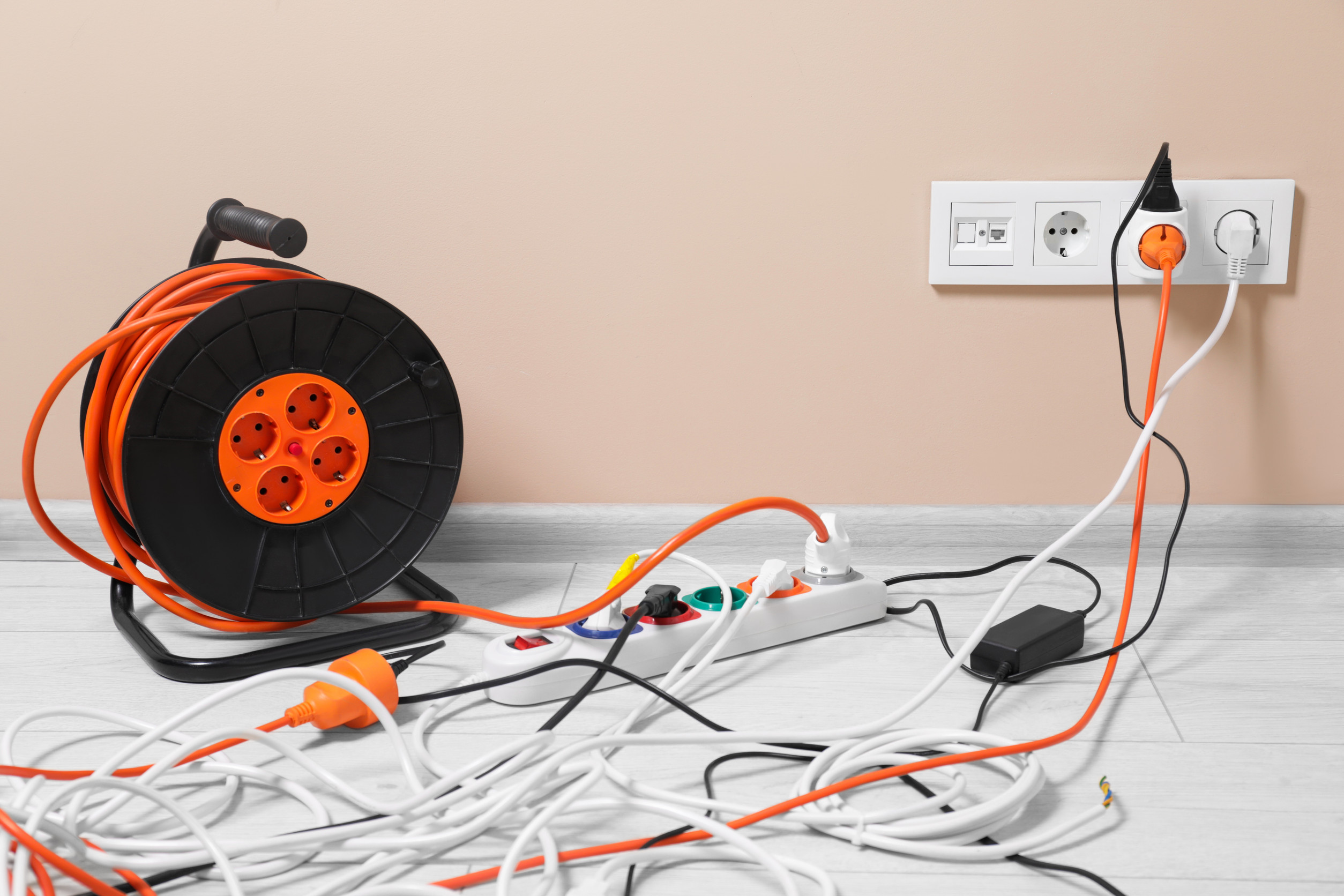Ever noticed caution labels that seem oddly outdated—like a hair dryer warning you not to submerge it in water while safely hanging dry? That’s no accident. Manufacturers often keep outdated warning labels long after regulations change, maintenance is made safer, or design updates remove the original risk. These relic labels clutter packaging and breed distrust in product safety. By spotlighting everyday items still carrying outdated warning labels, you’ll shop smarter—and help push brands toward clearer, more relevant information. Here’s a look at 10 products that still come with warning labels that seem incredibly outdated.
1. Hair Dryers With “Do Not Submerge in Water” Labels

You’ll still see hair dryers with a big warning about not dropping them in pools or tubs—language largely unnecessary given waterproofing standards. Modern models undergo rigorous electrical safety testing to survive splashes and humidity. Yet, companies cling to generic warnings to avoid legal complexities and one-size-fits-all labels. The result? A packaging mismatch that doesn’t match the product’s true capabilities. Always check your model’s IP rating rather than relying on broad, outdated warning labels.
2. Power Tools Warning Against “Hazardous Entanglement”
Many drills and saws still caution against getting tangled in long hair or loose clothing—warnings drawn from bygone standards. Manufacturing has improved, adding automatic shutoffs and blade guards that reduce entanglement risk. But companies keep those warnings because changing labels is expensive, and lawsuits can follow if an incident happens. So the labels survive long after technology solves the problem. Rather than panic at the warning, look into modern safety features on your tool.
3. Cleaning Products with “Avoid Mixing with Ammonia” Notices
Those multi-purpose cleaners reminding you not to combine with ammonia may be lagging updates—most contain no bleach at all. In older formulas, mixing ammonia and bleach could produce toxic chloramine gas. But newer versions simply include pH-balanced surfactants or milder agents that aren’t dangerous when mixed. Manufacturers include outdated warning labels to stay legally covered, even if the chemicals are no longer present. Check the product’s ingredient list before assuming every warning still applies today.
4. Nonstick Cookware Marked “Do Not Overheat”
Nonstick pots and pans still warn users against overheating to release toxic fumes. Once PFOA and related chemicals were used, but modern PTFE coatings are much safer under normal cooking temps. Good cooking practices are still smart, but health risks have been dramatically reduced by design changes. Brands leave these caution notes in place to avoid lawsuits over rare improper use. Read up on your cookware’s materials to update your understanding of realistic risk levels.
5. Children’s Toys Tagged “Not for Children Under 3”
That toy with the label “not for children under 3” may have parts that aren’t small at all. Regulations tightened years ago, shifting size definitions and eliminating choking hazard zones. Rather than relabel, many manufacturers keep old age warnings to cover liability grounds. The result? Parents see vague, outdated safety info that may not reflect actual risk. Look past the label—read current small-parts rules to better decide if a toy is truly age-appropriate.
6. Automotive Products Warning About “Radial Tire Replacement”
Car products like wheel cleaners still warn drivers not to replace radial tires with the wrong types—guidance from mid-20th-century tire tech. Today’s standard auto tires are almost universally radial, making this warning obsolete. But manufacturers splice them in to anticipate overly cautious consumers and outdated industry guidance. It’s another relic label unlikely to match today’s vehicle maintenance reality. Keep your tire knowledge up-to-date instead of relying on dusty bottle warnings.
7. Medical Devices with “Non-Sterile Unless Packaged” Notices
Gauze pads and wraps still boast disclaimers like “non-sterile unless packaging intact,” even though supply chains guarantee sterility until opened. Regulatory reforms require sterile packaging, but the old warning phrasing remains for liability control. Updated language hasn’t replaced it because the risk is low, and changing labels costs money. The warning is outdated, but worlds away from unsafe. When buying medical gear, verify packaging seals rather than dwelling on old warnings.
8. Coffee Makers Cautioning “Never Place on Hot Stove”
Coffee machines from the 1990s included warnings not to place the machine on a stovetop burner. Since then, base materials have been heat-resistant, and stoves have changed design. But the old label text stayed frozen in time. No lawsuits have emerged, but no label update either. That vintage advice doesn’t apply now, but the warning sticks around as a surprise relic of kitchen history.
9. Cell Phone Chargers Warning: “Use Only With Home Voltage”
Wandering through drawer finds like adaptive chargers with warnings limited to “120 V only,” even though modern chargers are built for worldwide 100–240 V. This label passed through product generations as a template fallback. Plugging it internationally often ends fine, but trainers may panic over irrelevant warnings. Global voltage compatibility is standard today, so the label continues to mislead, not protect.
10. Extension Cords Tagged “Indoor Use Only”

Extension cords still often say “for indoor use only,” even when built for outdoor durability. Many now use UV-resistant coatings and rugged wire rated for outside use, and underwriters know it. But once a core liability phrase is printed, companies seldom update. A truly outdoor-rated cord should say so, but many continue hiding improved specs behind outdated warning labels.
Outdated Warnings: A Sign You’re Smarter Than The Label Says
These 10 products show how outdated warning labels linger long after hazards have faded. They stay more out of legal caution than real consumer protection, and can reduce trust over time. The key takeaway? Don’t treat every warning as gospel. Instead, dive deeper: check current specs, ingredients, intel on materials, and up-to-date industry standards. That way, you can tell fact from fluff—and label from legacy.
Have you spotted any bizarre or outdated warning labels lately? Drop them in the comments—let’s help all of us shop smarter!
Read More
6 Car Features Being Eliminated Without Warning
8 Amazon Return Policies That Changed Without Warning
The post 10 Products That Still Contain Outdated Warning Labels appeared first on Grocery Coupon Guide.







